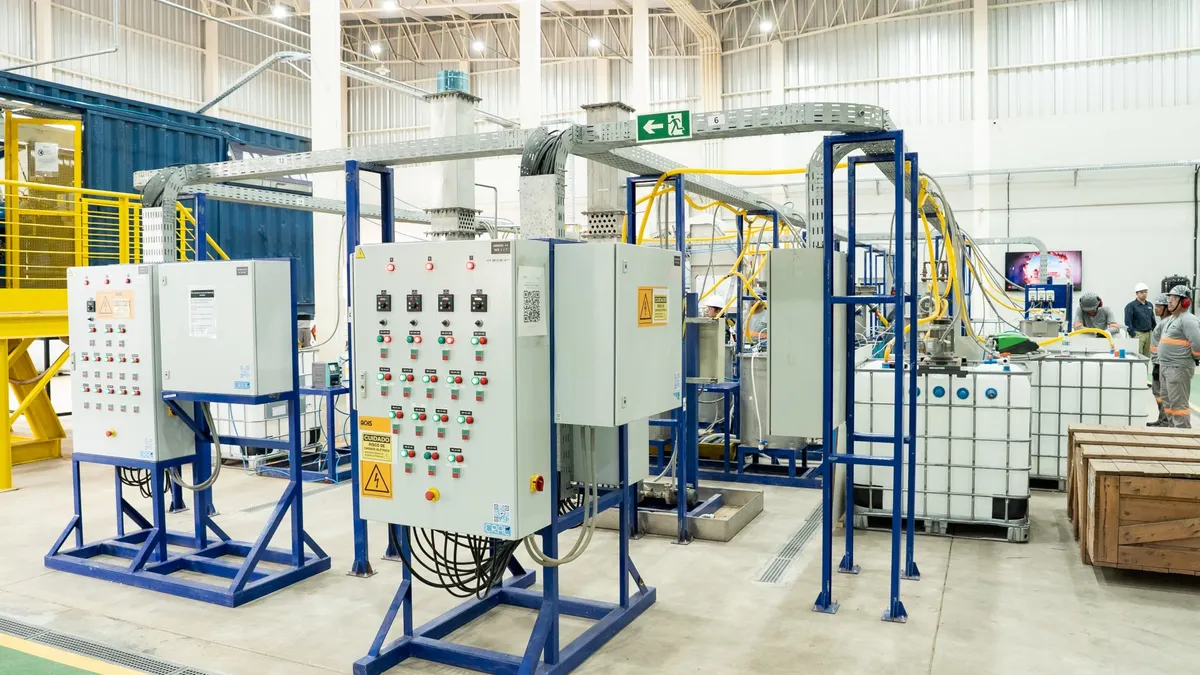This is the first article in CFO Dive’s FP&A Close-up series that will explore both the basics of financial, planning and analysis as well as how financial chiefs can get the most out of this strategic team.
CFOs at companies of all shapes and sizes have long tracked three main buckets of financials: backward-looking accounting, present-looking cash management and forward-looking financial planning and analysis (FP&A).
In recent years FP&A has become a hot buzzword as it has grown in importance and companies have increasingly created separate departments dedicated to such processes. Advances in technology now mean growing treasure troves of data can be tapped to help finance chiefs make better and more informed decisions with the help of their FP&A groups. Among the success stories: FP&A modeling at Amazon led the retail giant to choose its strategy of free shipping over 10% discounts.
Having accurate planning and forecasting is hugely important because if it isn’t working that can mean you have more product than you need or you don't have enough and you're losing sales, Karen Sedatole, an accounting professor at Emory University’s Goizueta Business School, said in an interview. “It's a really expensive proposition to not get right,” Sedatole said.
In today’s uncertain economy, the growing challenge of scrutinizing and forecasting costs and economic patterns is spotlighting the importance of FP&A to CFOs, experts say. This first piece will explore the history and evolution of industry thinking around planning and analysis.
WHAT:
FP&A focuses specifically on future spend — budgeting, forecasting and then analyzing the factors of a business that are influencing spend.
“Accounting is about the production of financial statements, and not necessarily that much more. FP&A is about the story behind the numbers, getting deeply into the analysis of the results, and understanding the business first and foremost,” Judy Munro, senior managing director of executive search firm Robert Half, said in an interview.
What an FP&A team exactly looks like varies but typically there are four main areas that this strategic team focuses on in order to support a company’s financial health, according to consulting firm Gartner.
Those key issues are planning and budgeting, which is essentially an annual plan; integrated financial planning, which is the process of understanding whether your business is performing well or not; management and performance reporting, which involves the organization’s performance analysis; and finally, insights/forecasts and modeling, which involve testing assumptions under different circumstances.
Extended planning and analysis (xP&A) is one of the latest developments in FP&A. This involves the integration of financial planning with operational planning so that when decisions are made, there are fewer surprises as to how the enterprise is impacted.
The FP&A process also involves several different departments, Sedatole said. They include the sales side which has a lot of insight into what customer demand is likely going to be and the supply chain side as they make sure the resources are in place to be able to meet that customer demand. The finance group itself is the third group of critical players. “They're interested in projecting what earnings are going to be,” Sedatole explained.
WHEN
FP&A has been around for as long as businesses themselves but its nomenclature and modern shape has evolved in recent decades, experts said.
“These activities used to be done by what we called management accountants, then it slowly evolved in the late nineties to early ‘10s to FP&A, and now it has kind of evolved into strategic finance,” said Gillian Sheeran, CFO of Pricefx — a European pricing software company — and a fintech consultant, in an interview.
The increased demand CFOs face to provide detailed insights based on financial performance and the growing importance that FP&A has to the finance function was detailed in a 2019 Institute of Management Accountants report.
Traditionally, 15 years ago, companies primarily just looked at historical sales — as the primary input data, Sedatole said. As technology progressed, so has the ability and scope of FP&A teams. Now companies can look at social media and customer reviews and a wide range of other data.
Beyond that, both mico and macro economic data like gas prices, interest rates and other external data can now be incorporated into FP&A. Even the weather and popular social disruptions like a revolt in a country can have a key impact on a supply chain. Mike Kelly, America’s Finance Consulting Leader at Ernst & Young (EY) told CFO Dive previously that he once worked with a client who was actually able to predict the COVID-19 pandemic using advanced forecasting tools their finance team put in place.
Munro views the evolution similarly. She recalls when she was a CFO from 1988 to 1994 software and data tools weren’t available to do the kind of in-depth analysis now possible. “We've come a long way. Now, there are all kinds of tools that allow you to easily extract information from a database,” said Munro, who was CFO of Mr. Jax Fashions, a garment manufacturer.
As for the right time to implement a robust FP&A system, experts say you can never be too early. “When you are at an early stage, FP&A is key. You need to be able to anticipate as much as possible,” said Romain Attard, CFO of biotechnology firm Tissium.
The drive for efficiency that FP&A can offer is particularly necessary in a slowing economy. “During a recession especially, you have to be ruthlessly efficient,” Sheeran said. “You have to thoroughly understand that each of the metrics you're analyzing is directly linked to your profitability, your cash and your corporate strategy.”
HOW MUCH
The cost of FP&A implementation varies according to company size, Sedatole said. However, it is an investment that CFOs will see a large return on if done right, she said.
“Part of the problem is a lot of companies will hire the technical expertise needed for a strong FP&A team, like data scientists. But then, the issue resides in incorporating the data into the organization and getting people to work together,” she said.
In order to cut costs on FP&A teams, companies can upgrade their tools as they grow in size, but this can wind up being problematic and more expensive in the long run, according to Attard.
Some companies may have the idea of implementing inexpensive systems at the beginning of their life cycle, but with this, you run the risk of having to build an FP&A team from the ground up later on, he said. Although investing in FP&A is costly, waiting to lay out the ground work later on will backfire.
The financial toll of inefficient FP&A data processes is $7.8 billion, according to research from the University of Baltimore and financial automation company Datarails.
Investing in robust systems that can automate these activities and processes for FP&A teams can allow companies to focus more on future planning.
WHY
The purpose of FP&A, at its core, is profitability. “You would be surprised how large companies can get and still not understand their profitability, and at the end of the day, this is the purpose of FP&A,” said Sheeran.
Traditional FP&A teams are built to work best through quarterly and annual cycles instead of real-time challenges, according to a McKinsey report. However, having a modern and separated FP&A team that can speed up their own processes — like generating reports and combing through data — can in turn trigger more efficient and effective practices throughout an entire organization.
The key to getting the most out of FP&A teams is prioritization, stressed Heidi Crane, CFO of FightCamp who spent the early days of her career in strategic financial planning.
“As CFO, you are the leader of the group, and you need to understand the things that drive the business and where you need to focus your time,” Crane said. “Having a few key priorities is really important, otherwise you won't get anything done.”






















